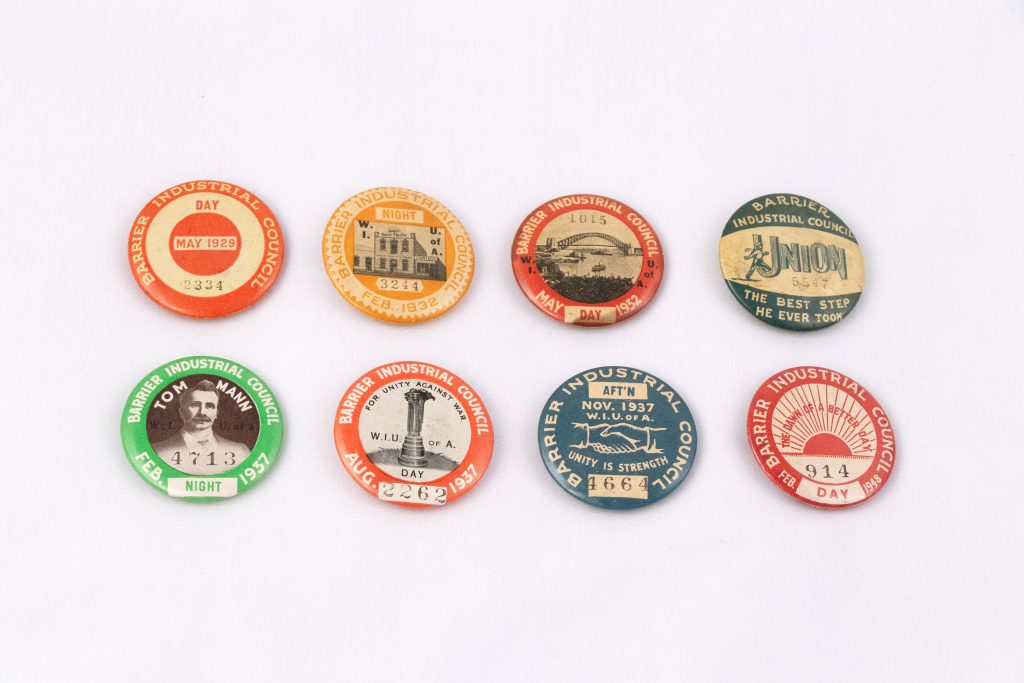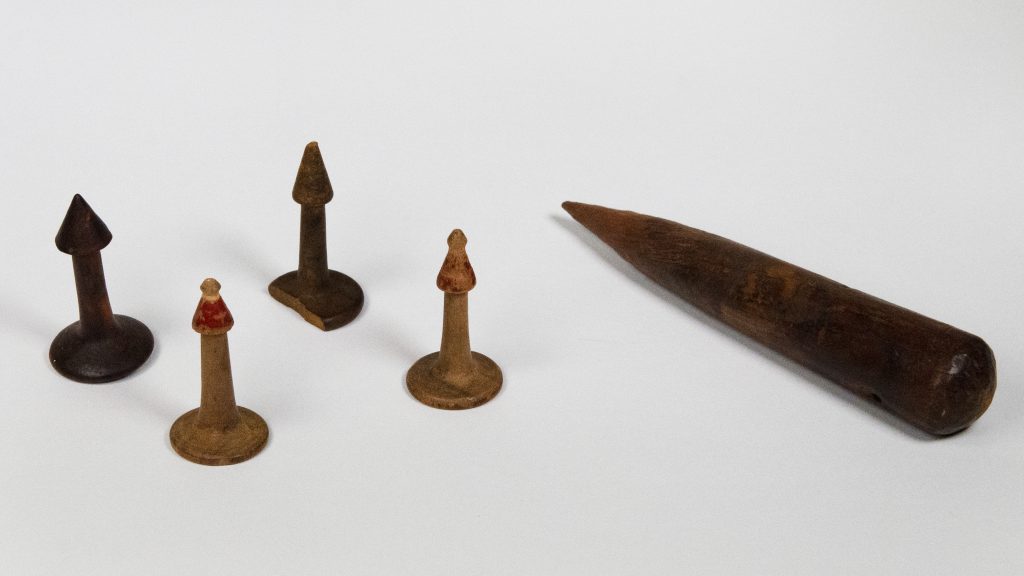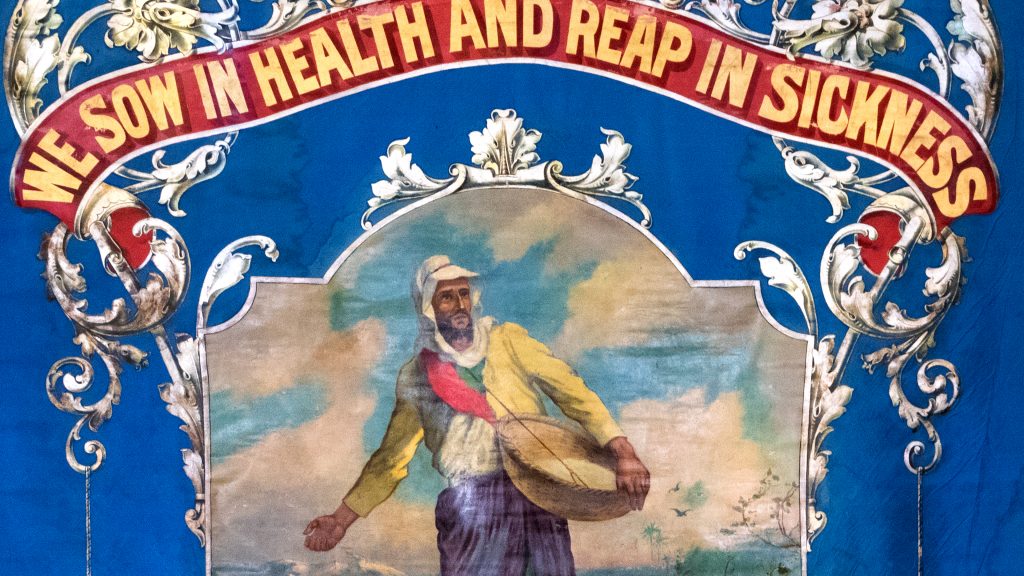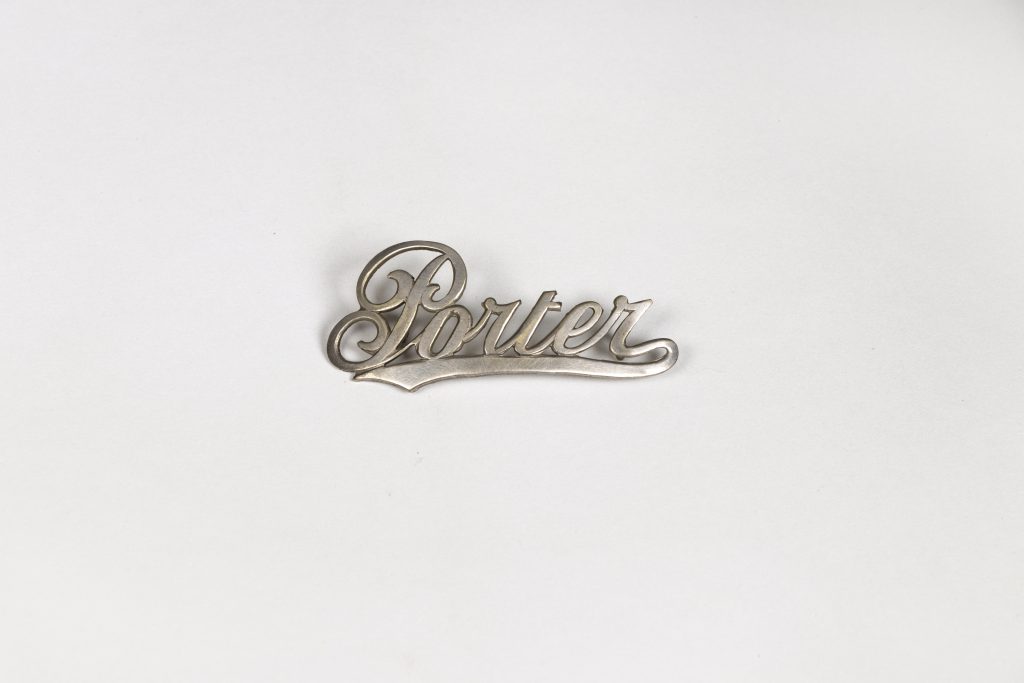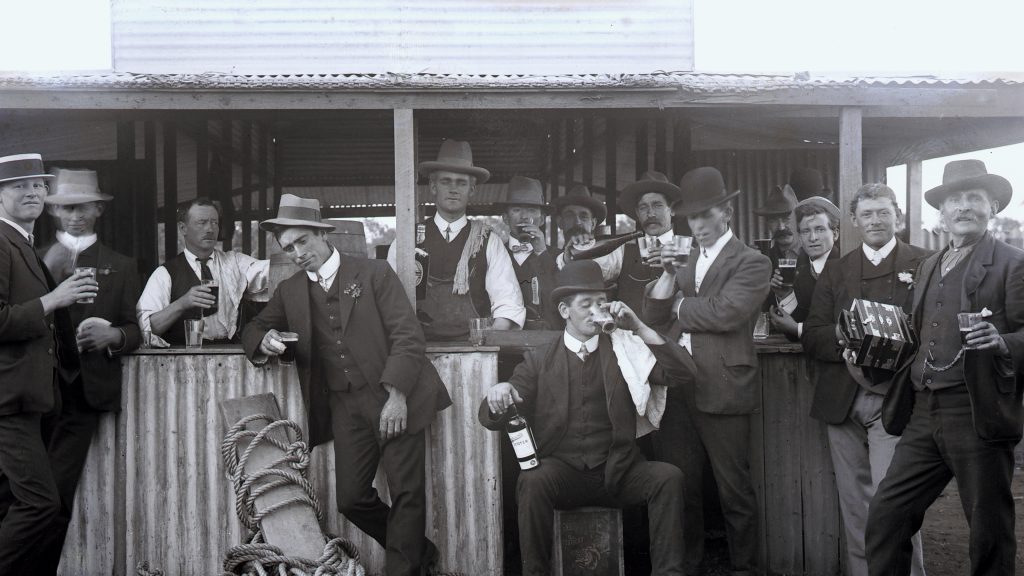
Although James Wooler (1872-1944) resided in Broken Hill for only a few years his photographs transformed how the world saw its people. His work for The Barrier Miner put the newspaper at the cutting edge of mass media, surpassing The Age and the Sydney Morning Herald’s ability to illustrate articles. His photographic legacy is a […]
Read More…
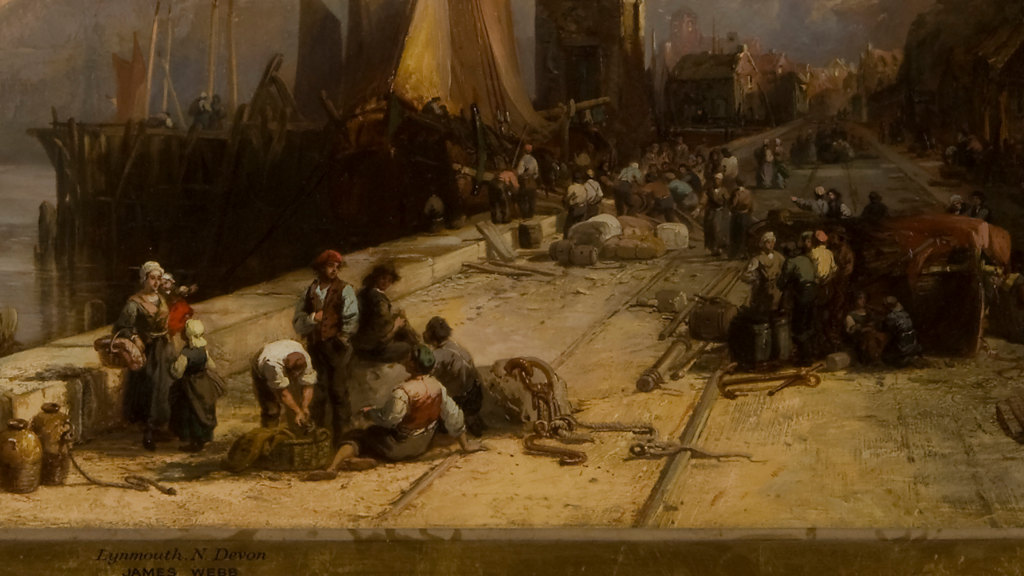
In 1883 Scottish migrant George McCulloch (1848-1907) took a risk on a rocky field on the Mount Gipps sheep station he managed. The risk paid off and within a few years he had founded the Broken Hill Proprietary Company (BHP). George left Broken Hill soon after he made his fortune, but he never forgot his […]
Read More…
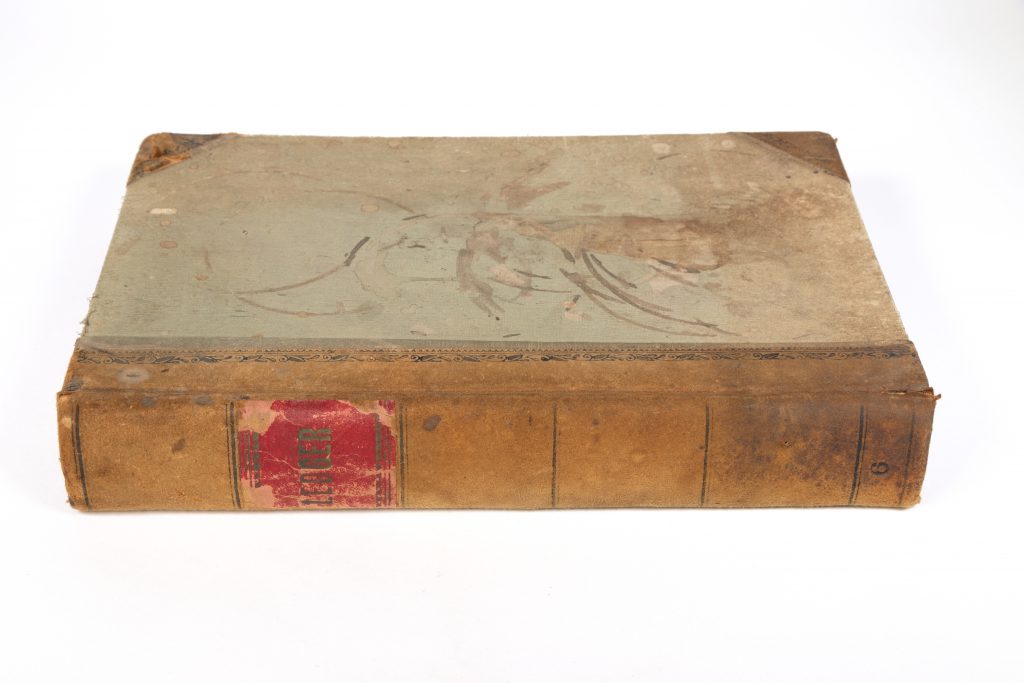
Born in Northern Italy in 1883, Emanuel Pedergnana was just 18 when he migrated to Australia in 1901. Although almost illiterate, the plucky young man went on to lead a successful strike action, work on the mines and own two retail businesses after settling in Broken Hill. Emanuel first found work at St Herberts, a […]
Read More…
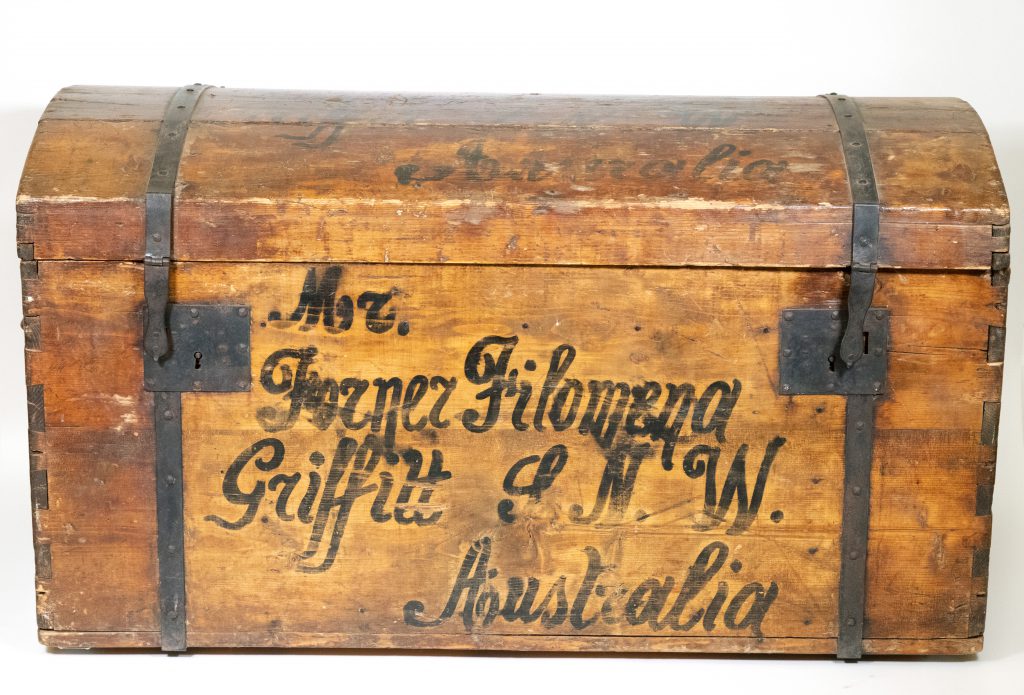
In post-WWII Broken Hill much of the town’s daily bread supply was baked and delivered by three brothers born to Italian migrant parents – the industrious trio proudly named their enterprise Forner Brothers. Immediately after the war they bought their first bakery and convinced their elderly father Carlo to quit his job on the mines […]
Read More…
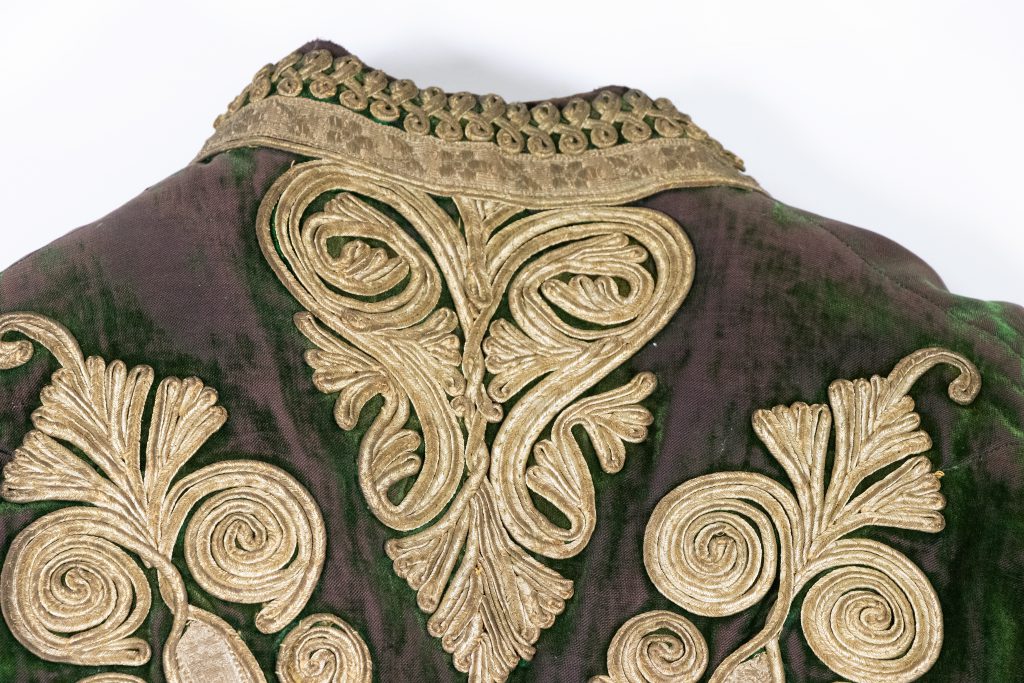
Shamroze Khan was born in 1877 in the Punjabi town of Peshawar, in what was then British-ruled India. In 1905 he moved to Broken Hill where he first worked as a cameleer carting freight to stations in the West Darling area with Zaidullah Fazullah, a fellow Punjabi from Ghorghushti. His new life in Australia presented […]
Read More…
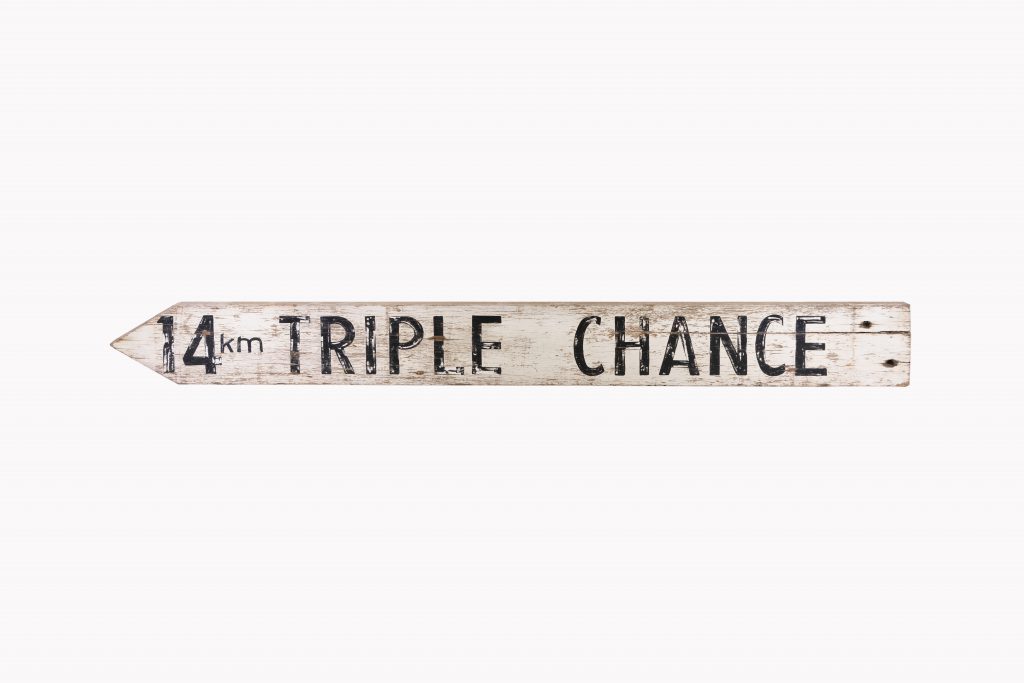
Tess Alfonsi is recorded as Broken Hill’s first woman miner – a designation that is all the weightier given the historic domination of mining by men. She worked the Triple Chance Mine with a hammer-tap drill, hid a pistol in her skirt when she paid the wages and protected her mine from claim jumpers with […]
Read More…
